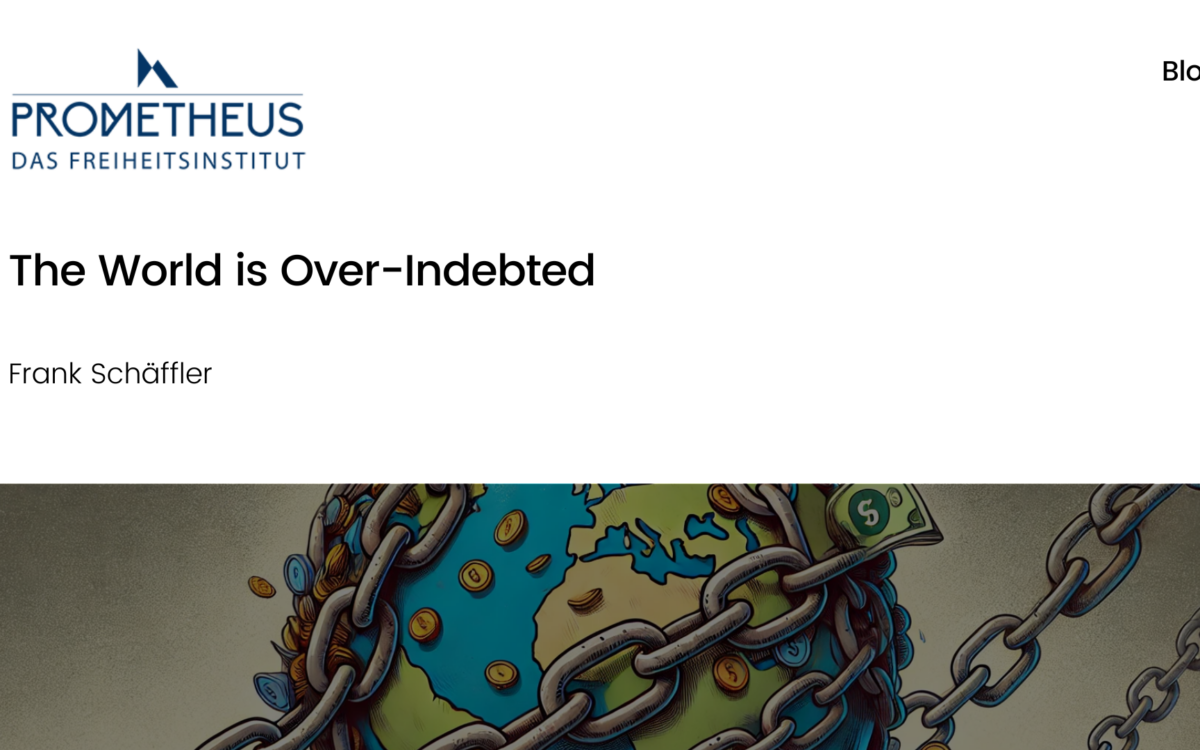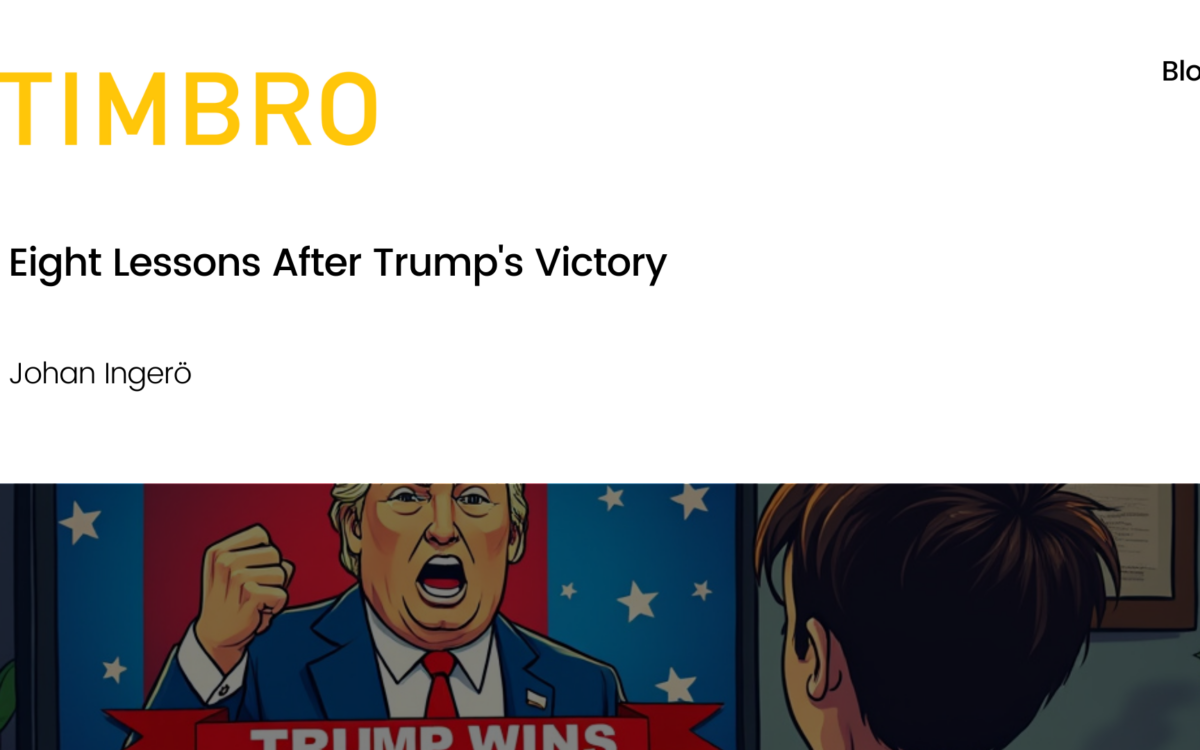The EU’s Migration Fund Is Likely to Prove Ineffective

The EU’s Migration Fund Is Likely to Prove Ineffective
Greta Gietz // 24.11.2015
On November 12 at the Valletta Summit on Migration, the focus briefly shifted away from the Syrian refugee crisis and back to the high-risk Mediterranean migration route from the coast of Tunisia to Greece and Italy traveled by thousands Africans earlier this year. European Commission President Jean-Claude Juncker pledged €1.8 billion through the EU Emergency Trust Fund to deliver fast-tracked development aid to address the drivers of migration – such as instability and lack of economic opportunities – in the countries of origin.
Europe is expecting three million asylum seekers by 2017 and this fund is an attempt to try to reduce those numbers. Juncker justified the aid package (paid in addition to €3 billion to Turkey to police the external EU border with Greece) by stressing the need to address “the root causes of irregular migration and promote the economy and equal opportunities, security and development.” The fund, a way to entice African governments to cooperate in reducing the current stress on EU countries, is focusing on the Sahel region, Lake Chad area, North Africa and Horn of Africa. Several African leaders from key countries with high levels of outward migration, were invited to the summit in Malta, but showed their skepticism by using the stage to push for more secure and legal migration paths.
Yet, given the development gap between countries like Gambia and Germany, €1.8 billion is not a lot. Quality of life needs to improve considerably to deter people from starting a new life in Europe. African leaders promptly criticised the emergency fund for being unable to bring about such levels of development and warned of its limited effect. Instead of more bilateral aid, only reforms of global trade policies and more foreign direct investment in Africa will be able to fundamentally affect the drivers of migration pinpointed by the EU. Furthermore, migration only tends to happen once people are wealthy enough to afford the high travel costs to Europe. More aid and higher levels of development could therefore lead to more mobility to and from developing countries. Currently, many African economies still rely significantly on remittances, which provide exceedingly more annual revenue than foreign aid. Therefore, further supporting, or at least not hindering, migration to highly developed countries is in Africa’s interest. Not to mention the gains young, skilled migrants bring to the European’s ageing labour force.
The fund fact sheet sets the following goals:
– Maximise the development benefits of migration and address root causes.
– Better organise legal channels for migration and mobility.
– Ensure international protection for migrants and asylum seekers.
– Intensify the fight against criminal networks engaged in migrant smuggling and human trafficking.
– Step up our cooperation on return and readmission.
The European Commission has declared that, to achieve these goals, the money can be allocated to programs that:
– Create employment opportunities
– Support food and nutrition security
– Improve migration management
– Promote conflict prevention and enforcement of the rule of law
This may include vocational training programmes, funding micro and small business enterprises, cutting immigration numbers, tackling radicalisation and other violence, and reintegration programmes for migrants returning from Europe.
Due to the sheer volume of migrants arriving in Europe and the immense challenges facing the countries of origin, transit, and destination, it seems unlikely that this emergency fund will be effective in sufficiently deterring people from migrating to Europe. The motivations behind and reasons for the migration patterns from Africa to Europe are manifold and complex, and as with any developmental aid, there is not a universal, one-size-fits-all solution or amount of money to address them.
Aid funds need to be designated to a specific project, not a broad objective to be effective. As skepticism over the astronomic figures of development aid, particularly bilateral aid, paid to developing countries each year has risen over the last decade under the leadership of scholars such as William Easterly, it has become more and more evident that aid sent in the form of investment to a specific project, such as a highway from point A to B, is much more effective and helpful. Easterly is famous for distinguishing between two types of aid donors, the planners and the more realistic and effective searchers. The former believe in big, top-down aid packages and the latter in bottom-up, pragmatic solutions. According to the European Commission, the €1.8 billion fund will be allocated to creating employment opportunities and promoting conflict prevention – prime examples of broad, indirect “planner” aid that will likely disappear in the €20 billion already being sent to Africa from EU countries annually.
The imprecision of the fund’s goals and allocation, and its apparent low potential for success, reveal its true purpose: cajoling African leaders into preventing massive migration trends of the level seen this year: “If we give you this money, you will help us reduce the number of people emigrating from your countries to ours.” A prime example of conditionality of aid, a problematic neocolonial strategy of attaching political and economic conditions to aid used by developed countries to ensure influence and presence in a particular region. This type of foreign aid is criticised for constraining African sovereignty and prolonging political dependence on the old imperial powers or other Western states, and therefore has been generally removed from development policy.
It is largely for political reasons, namely the unpopularity of migrant influxes in Europe, that the Emergency Trust Fund was agreed on and offered to African countries with a special status allowing it to circumvent the usual approval process and be implemented immediately. However, the fund lacks strategy and specificity, and is thus unlikely to fulfill its purpose.
EPICENTER publications and contributions from our member think tanks are designed to promote the discussion of economic issues and the role of markets in solving economic and social problems. As with all EPICENTER publications, the views expressed here are those of the author and not EPICENTER or its member think tanks (which have no corporate view).



